The Pitfalls in Protecting, Conserving and Managing the Highest Parts of the Czech Republic
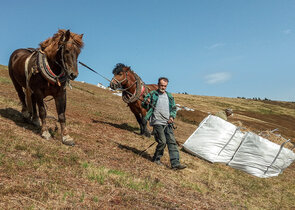
In June 2024, a two-phase “consilium/review board” attended by leading experts was held in the Jeseníky and Krkonoše/Giant Mts. on the needs and possible ways of preserving and restoring biodiversity in the Alpine zone in both mountain ranges. The reason for convening this consultation was the ongoing changes in the vegetation of the Alpine treeless habitats over the last decades. Their probable drivers include the abandonment of long-term farming after the displacement of the German population after World War II and other societal changes in the 20th century, as well as in the increasingly rapid and pronounced global changes, particularly the increase in temperature and high atmospheric nitrogen deposition.
Nature Conservation 2025 — 31. 7. 2025 — Nature and Landscape Management — Print article in pdf
Importance of Spatiotemporal Continuity of Forest Habitats for Forest Biodiversity
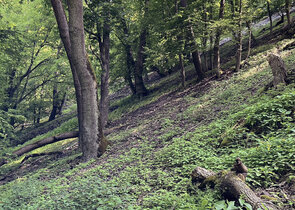
Changes in the woody plant species composition and simplification of forest habitat structure are the accompanying features of forest management in the Czech Republic over the last two centuries. In addition to forest management itself, the reduction in the size of habitats that are little affected by human activity is also related to the overall human use of the landscape.
Nature Conservation 2025 — 31. 7. 2025 — Nature and Landscape Management — Print article in pdf
Czechoslovak Army Large-scale Mine/CSA Quarry: the Ever Biggest Ecological Restoration Project in th
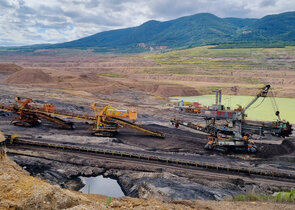
Brown coal or lignite surface/open-pit mining, together with subsequent infrastructure and industry, has damaged the landscape in the region below the Krušné hory/Ore Mountains (northwestern Bohemia) over an area of over than 300 km2, including structural changes in the human settlement pattern.
Nature Conservation 2025 — 31. 7. 2025 — Nature and Landscape Management — Print article in pdf
Ecologically Significant Elements (Landscape Elements) as Part of the Ecological Network
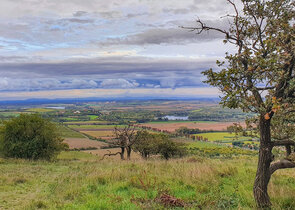
The Czech Republic’s ecological network consists of a system of large core areas (protected areas, biocentres) interconnected by linear ways or routes (biocorridors) or stepping stones. It is thus a spatial network of landscape elements ensuring the preservation or improvement of the state of species populations and habitats, and thereby the health of ecosystems, including the processes taking place in them. It essentially strengthens the resistance and resilience of the landscape structure, and the sustainability of renewable natural resources during ongoing climate change.
Nature Conservation 2025 — 31. 7. 2025 — Nature and Landscape Management — Print article in pdf
Landscape Policy of the Czech Republic
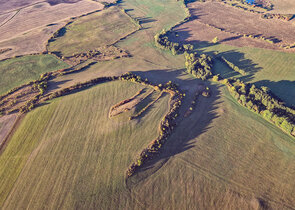
In the Czech Republic there may seem to be a wide range of conceptual, strategic and other documents focused – either primarily or as part of a broader spectrum of interests – on nature conservation and landscape protection.
Nature Conservation 2025 — 31. 7. 2025 — Nature and Landscape Management — Print article in pdf
Dolní Kralovice Serpentinites – Restoring a Botanical Gem
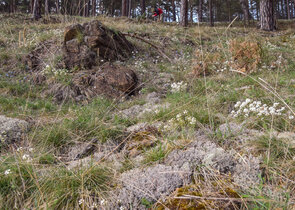
The Dolní Kralovice serpentinites are located in the eastern part of the District of Benešov (Central Bohemia). The serpentinite body is relatively extensive, being 3.5 km long and 1 km in width. About half of the area is protected as the Hadce u Želivky National Nature Monument (NNM) and the Želivka Site of European Importance (SEI, pursuant to Act No. 114/1992 on Nature Conservation and Landscape Protection, as amended later, the term for Site of Community Importance, SCIs, later Special Area of Conservation, SACs, under the European Union’s Habitats Directive), while the other half is part of a commercial forest. Since 2016, restoration of the entire site has been underway, with the aim of harmonising management both within the above Specially Protected Area and beyond it. Discussions are also ongoing with the owner, Forests of the Czech Republic, state enterprise, regarding transfer of land outside the SEI to special purpose forests.
Nature Conservation 2025 — 31. 7. 2025 — Nature and Landscape Management — Print article in pdf
Restoration of Meanders on the Dyje/Thaya River
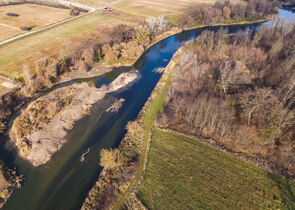
The Dyje/Thaya River, together with the Morava River, is surrounded by the largest and ecologically most valuable floodplain complex of Central Europe. By straightening its course in the 1970s and 1980s, the Dyje/Thaya River was shortened by nearly 3.2 km. At the same time, dikes preventing floodings were built on both banks along the state border stretch of the river. These measures had to stabilise the border between Austria and Czechoslovakia on the one hand, and to ensure prevention and control on the other. The whole border stretch being 16.5 kilometres long was for a long time closed by the Iron Curtain. After the above water management measures, there were more than 20 remnants of the original river bed were preserved in the floodplain: these are backwater river branches/cut-off arms or oxbows of various character. Over the years, however, all these fragments of the original Dyje/Thaya riverbed became strongly silted, thus developing themselves towards a rapid termination. The modified river bed caused by puncturing the branches displayed low morphological value and straitening the watercourse contributed to accelerating water outflow from the landscape there. From a point of view of climate change adaptation, this was an unsatisfactory situation. Therefore, the river management authority proceeded to restoration measures.
Nature Conservation 2024 — 30. 5. 2024 — Nature and Landscape Management — Print article in pdf
Game Management in the Šumava/Bohemian Forest Mts. National Park

Since establishing the Šumava/Bohemian Forest Mts. National Park (hereinafter ŠNP) in 1991 game and its management have been an important part of forest management there. The first NP’s Management Plan (Kučera et al. 1992) dealt extensively with the issue. According to its authors, Red deer (Cervus elaphus) numbers were extremely high within the whole NP and keeping and breeding of trophy game was preferred. Moreover, it was clear at that time that due to red deer’s migratory behaviour its management should not be limited only to the NP’s territory but it should be connected with that on the entire Protected Landscape Area’s territory as well as with the whole Šumava/Bohemian Forest Mts. foothills including the Bavarian side.
Nature Conservation 2024 — 30. 5. 2024 — Nature and Landscape Management — Print article in pdf
European Spruce Bark Beetle Plague in the Jeseníky Mts. Protected Landscape Area – the Story (Most P
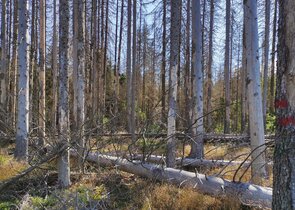
According to experts, the current European spruce bark beetle (Ips typographus) plague is unprecedentedly the greatest in the Czech Republic’s history: it avoids neither the Jeseníky Mountains Protected Landscape Area (PLA,) in northern Moravia). In the time full of changes and twists, it has generated a number of issues and questions for forest managers, nature conservationists, and the general public; it stirs emotions and it is the subject of media discussions, where opinions are often mistaken for facts. The aim of this article is to take a closer look at the course of the European spruce bark beetle outbreak in recent years in the Jeseníky Mts. PLA, primarily through specific numbers.
Nature Conservation 2024 — 30. 5. 2024 — Nature and Landscape Management — Print article in pdf
What Does the European Union´s Nature Restoration Law Mean for Forests in the Czech Republic?
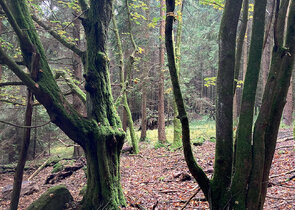
The Nature Restoration Law sets a challenging (and if fulfilled, probably effective) goal of implementing measures to improve the state of natural habitats by 2050 wherever it is needed, and by 2030 on at least 20% of EU land and sea areas. Formal implementation of established (technological) procedures for the restoration of forest habitats, only applied within the prescribed territorial scope, is not sufficient for truly improving the condition of forest habitats and the populations of wildlife bound to them. If we are to achieve real restoration of nature, how the Nature Restoration Law is implemented, will be very important. Not only in the case of forests (but especially with them), we should significantly employ the creative forces of nature itself and, simultaneously, sensibly use an active management approach.
Nature Conservation 2023 — 5. 6. 2023 — Nature and Landscape Management — Print article in pdf

